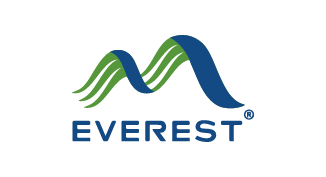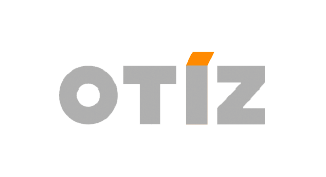AI Case Studies
Textiles
Profet AI helps the textile industry leverage historical data to build predictive models, improving raw material procurement and product design efficiency.
Application Scenarios
Market Forecasting, Process Optimization, Parameter Optimization
Status Quo
Textiles are essential for human survival and have a long history, permeating all aspects of life. The textile industry heavily relies on the experience of skilled workers for tasks such as fabric development and raw material procurement.
Challenges
However, recent challenges include a talent gap due to the retirement of experienced workers, increased industry competition, and fluctuating raw material prices. To address these issues, textile companies are accelerating digital transformation, using historical product development and raw material procurement data to build AI models. This preserves critical knowledge within the company, enhancing competitiveness and maintaining market leadership.
Textile Material Price Prediction
Raw material prices significantly impact the cost structure of the textile industry, directly affecting production costs and profits.
Pain Points Analysis:
- External Influences: Numerous factors affect textile material prices, such as international oil prices and shipping costs.
- Reactive Price Awareness: Procurement teams are often informed of price fluctuations passively through suppliers, affecting procurement timing and increasing risks of material shortages or cost hikes.
- Reliance on Experienced Staff: Senior procurement personnel can judge price trends based on experience, but this knowledge is hard to pass on to new employees.
Outcome Benefits:
- Simulating raw material price trends successfully reduces procurement costs by 5.2%.
- Collecting data and building models establishes objective standards, creating an internal procurement knowledge base.
Yarn Production Parameter Optimization
The settings for yarn production parameters significantly affect yarn quality and output, and have become increasingly complex with industry advancements.
Pain Points Analysis:
- Talent Gap: Yarn production requires high technical skills, and the talent gap, along with difficulties in digitizing knowledge, leads to instability and inefficiency in production processes.
- Intense Industry Competition: The textile industry faces fierce competition, making it challenging to maintain production efficiency while ensuring yarn quality.
Outcome Benefits:
- Identifying interactions between different parameters through modeling optimizes yarn production settings, improving quality by 7%.
- Real-time simulation of product quality under various production parameters reduces defects and lowers production costs by 9.2%.
Loom RPM Parameter Optimization
Loom RPM settings are critical in weaving production, directly affecting efficiency and product quality.
Pain Points Analysis:
- Multiple Factor Coupling: Setting loom RPM parameters requires considering various factors such as loom performance and fiber characteristics of raw materials.
- High Experimental Costs: Evaluating different RPM settings for various production needs and fabric characteristics requires significant time and cost.
Outcome Benefits:
- Simulating textile outcomes under different RPM settings saves 10% in experimental time.
- Model recommendations for appropriate RPM settings effectively increase production by 4% and reduce unit costs by 3.5%.


